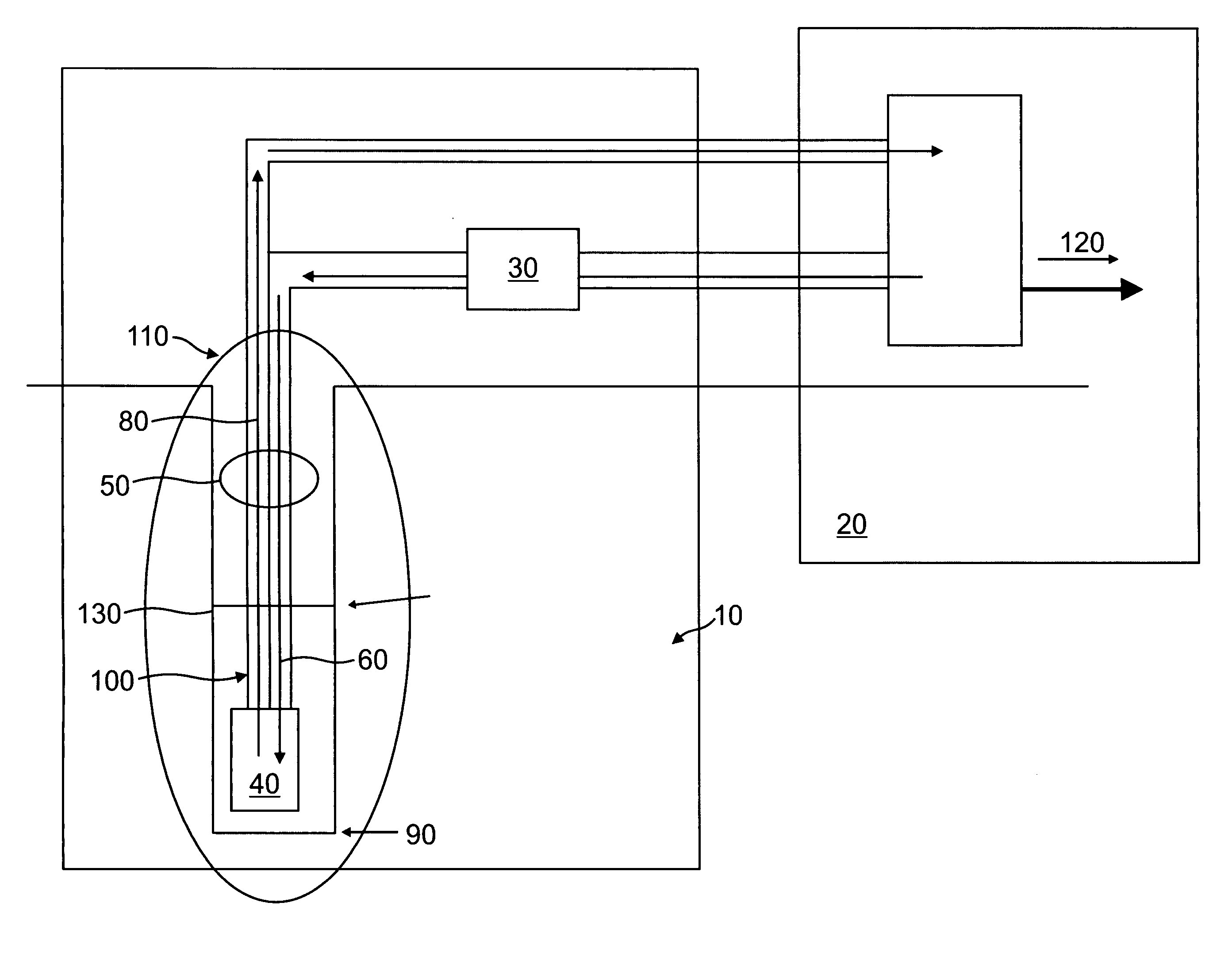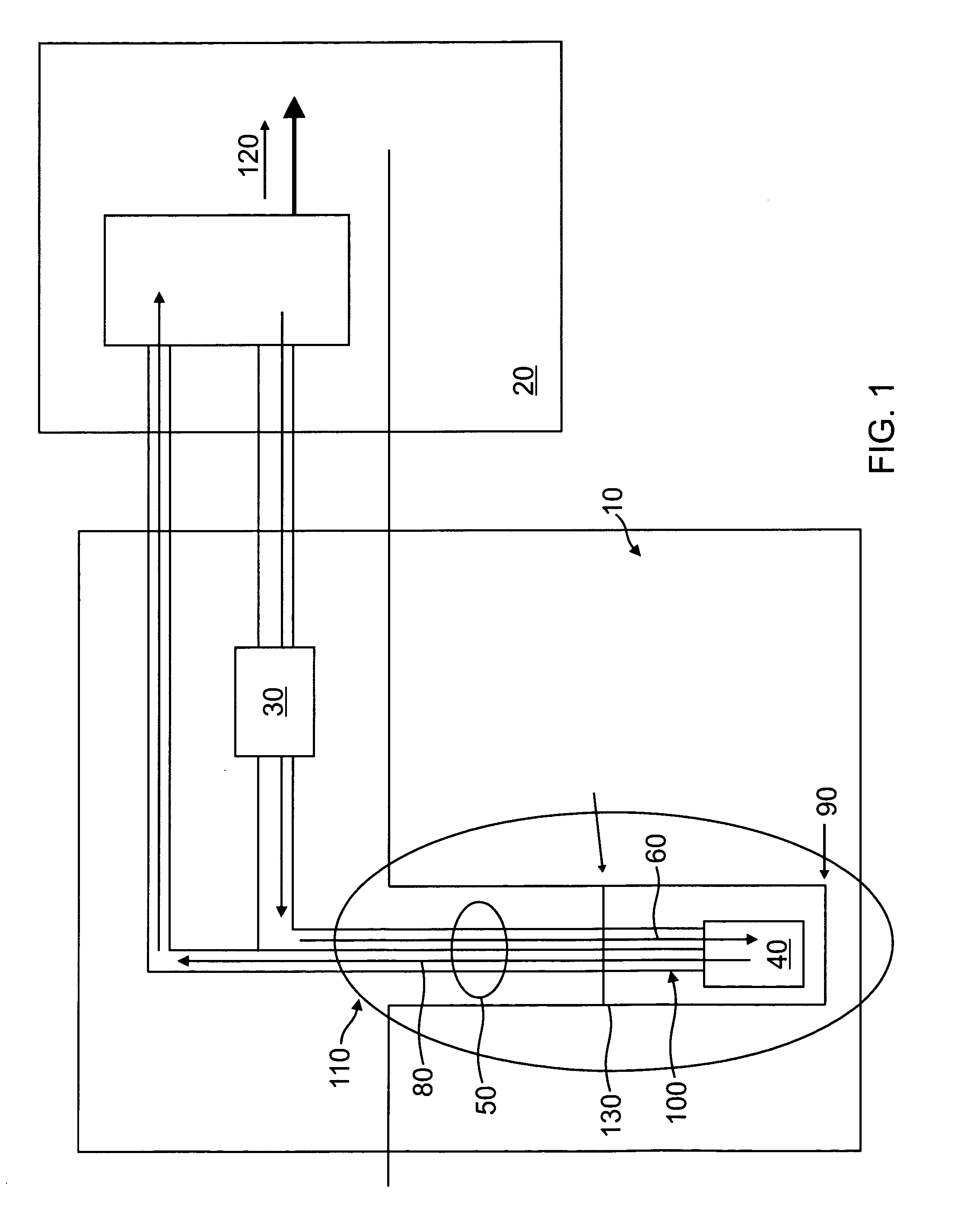System and method of capturing geothermal heat from within a drilled well to generate electricity
a geothermal heat and well technology, applied in the field of geothermal energy conversion into electricity, can solve the problems of large cost, environmental problems, and abandonment of wells, and achieve the effect of reducing the number of wells and generating electricity
- Summary
- Abstract
- Description
- Claims
- Application Information
AI Technical Summary
Benefits of technology
Problems solved by technology
Method used
Image
Examples
Embodiment Construction
[0027]In the following description of the present invention reference is made to the accompanying drawings which form a part thereof, and in which is shown, by way of illustration, exemplary embodiments illustrating the principles of the present invention and how it may be practiced. It is to be understood that other embodiments may be utilized to practice the present invention and structural and functional changes may be made thereto without departing from the scope of the present invention.
[0028]The present invention economically and efficiently conducts geothermal heat from deep within a well to the surface of the Earth, and then uses this geothermal heat to generate electricity in a closed-loop, solid-state system. This closed-loop, solid-state system generates electricity by heat flow rather than by water flow, so that it does not require large quantities of water separately injected into the well.
[0029]Referring to FIG. 1, the present invention includes a heat harnessing compo...
PUM
 Login to View More
Login to View More Abstract
Description
Claims
Application Information
 Login to View More
Login to View More - R&D
- Intellectual Property
- Life Sciences
- Materials
- Tech Scout
- Unparalleled Data Quality
- Higher Quality Content
- 60% Fewer Hallucinations
Browse by: Latest US Patents, China's latest patents, Technical Efficacy Thesaurus, Application Domain, Technology Topic, Popular Technical Reports.
© 2025 PatSnap. All rights reserved.Legal|Privacy policy|Modern Slavery Act Transparency Statement|Sitemap|About US| Contact US: help@patsnap.com



